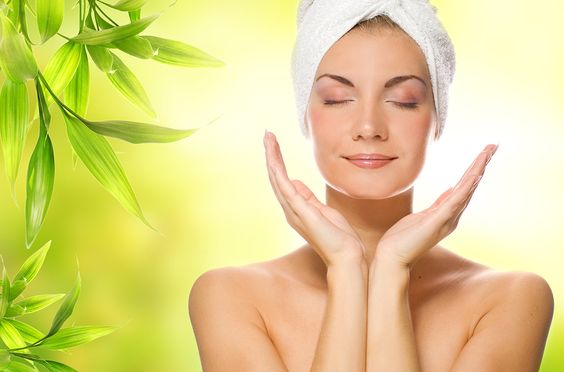Exfoliation 101
- Posted on: Apr 13 2017
- Leave a response
We all want glowing skin, right? You may be cleansing, moisturizing, and applying sunscreen but if you’re not exfoliating you are skipping a huge step in your skincare routine! Just to be clear, exfoliating is the practice of removing dead skin cells from the surface of the skin.
Why exfoliate?
As we age, the process of cell regeneration slows down. When old cells build up on the skin’s surface it can leave the skin looking dull and dry and can cause excess oil buildup that can lead to acne and clogged pores. Exfoliating instantly smooths the skin and reveals a healthier appearance and more youthful glow.
Exfoliation Methods:
The best type of exfoliation depends on your skin type, the health of your skin, and your sensitivity level.
The first method is surface exfoliants. Surface exfoliants are often used in home skin care regimens. These products include ingredients with polyethylene beads, crushed herbs, nuts, and crystals. These products can over exfoliate and create wounds in the skin if not used carefully so take caution in using them if you have sensitive skin. Most people choose this method because they like the feel of scrubbing the skin. If you want a good surface exfoliant that is effective and gentle, try mixing a teaspoon of baking soda with a gentle cleanser such as Cerave or EltaMD foaming facial cleanser.
Next we have mechanical exfoliation. Mechanical exfoliation includes microdermabrasion and dermaplaning. Microdermabrasion is where a rough instrument is used to polish the skin while a vacuum suction collects the dead skin particles. Microdermabrasion is a great but can be irritating for people with sensitive skin or Rosacea. These skin types are sometimes better off with chemical exfoliation. Dermaplaning, or epidermal leveling, is where a skin care professional uses a scalpel to remove dead skin and vellus hair from the superficial level of the epidermis. Microdermabrasion and dermaplaning both instantly brighten the skin and leave a dewy glow. They also help with product absorption and makeup application.
Lastly there is chemical exfoliation. Chemical exfoliation, or chemical peeling, works by using a peeling agent to dissolve the intercellular lipids and proteins that hold dead skin cells together. Some of the most commonly used peels include alpha hydroxy acids, beta hydroxy acids, Jessner’s solution, and trichloroacetic acid (TCA). Chemical peels should only be performed by a skin care expert. Ordering chemical peels for at home use can be a recipe for disaster!
We hope this article helps and encourages you to exfoliate! Call for your microdermabrasion or chemical peel appointment today 334-277-3332!
Posted in: Uncategorized

